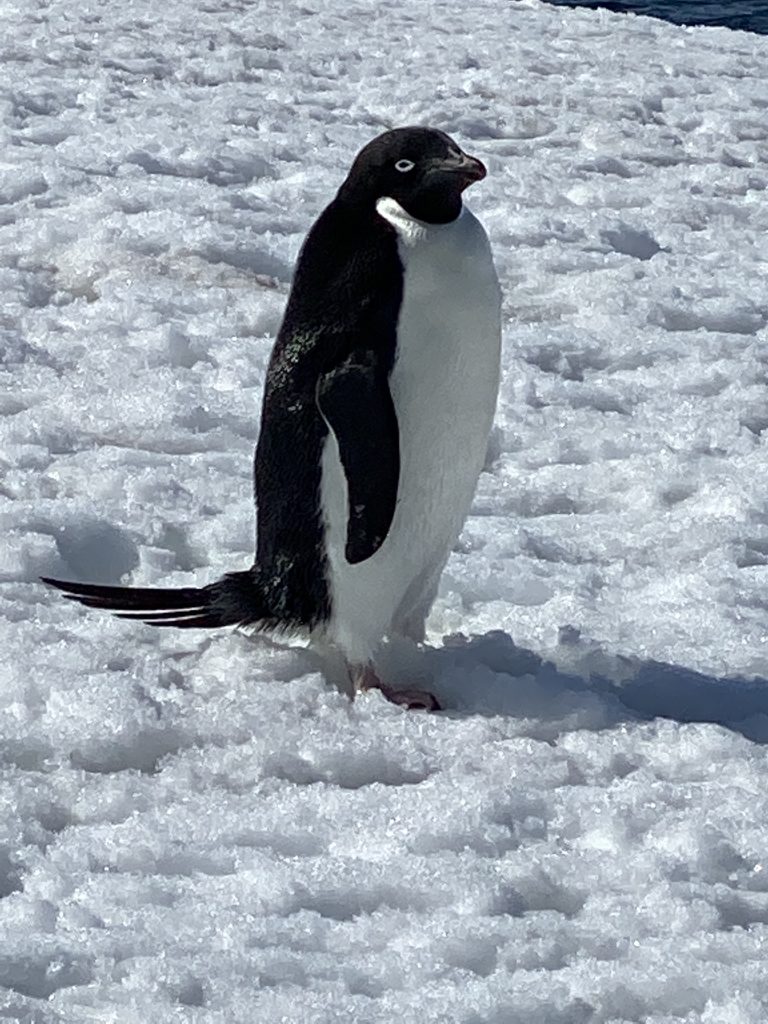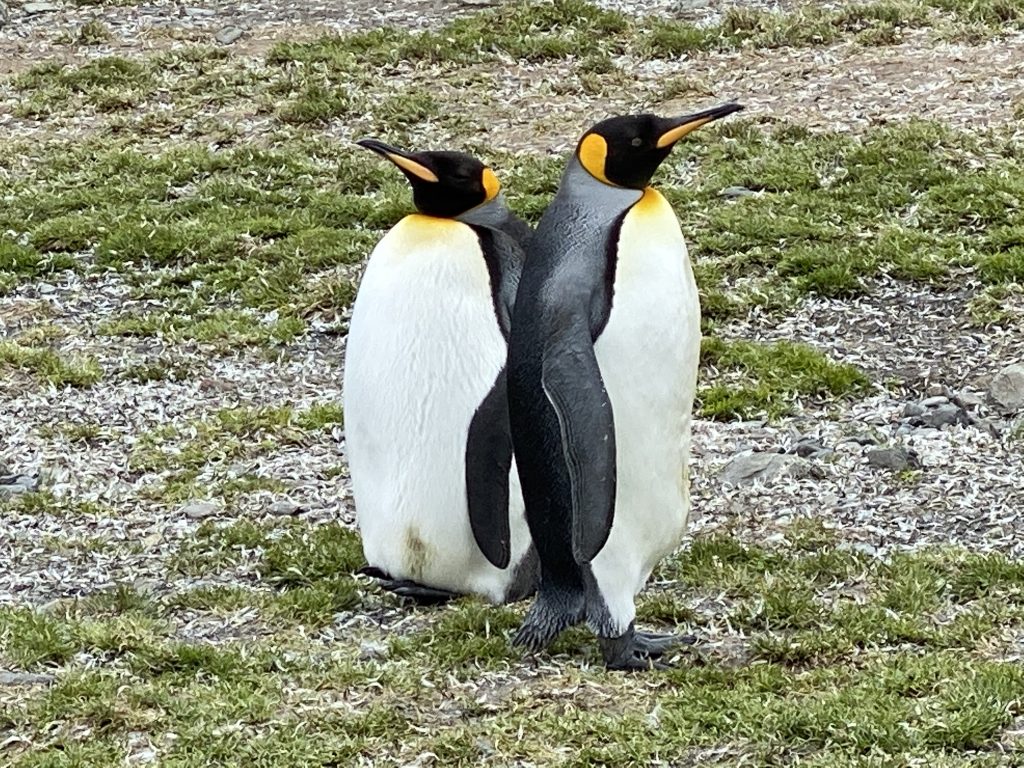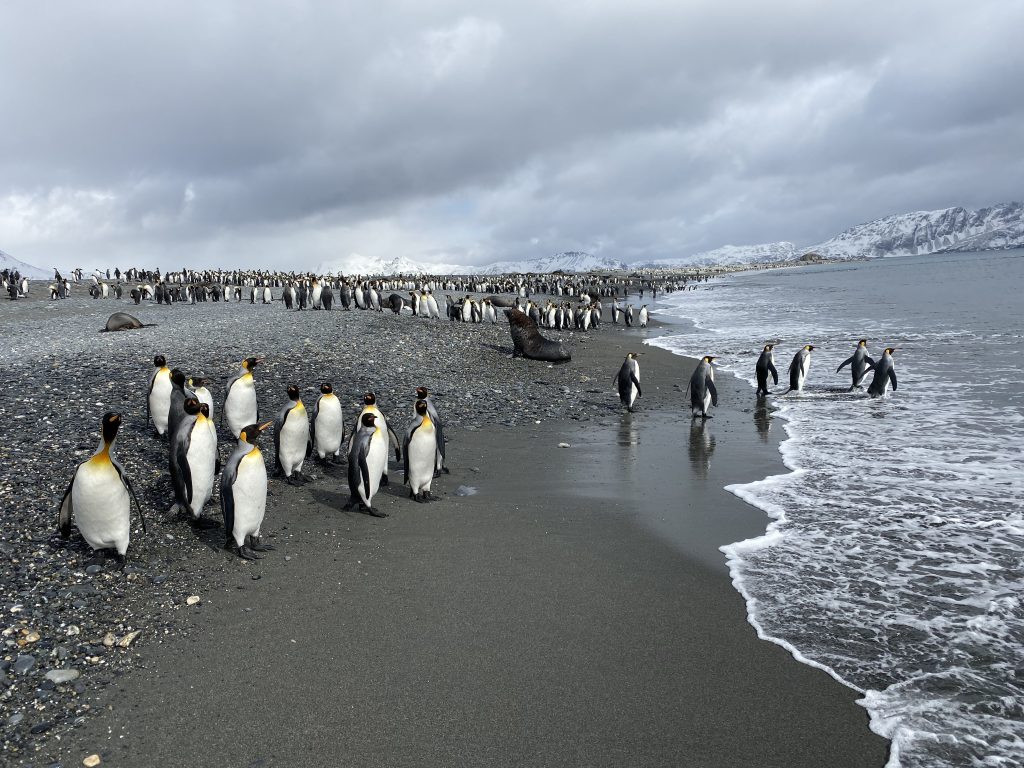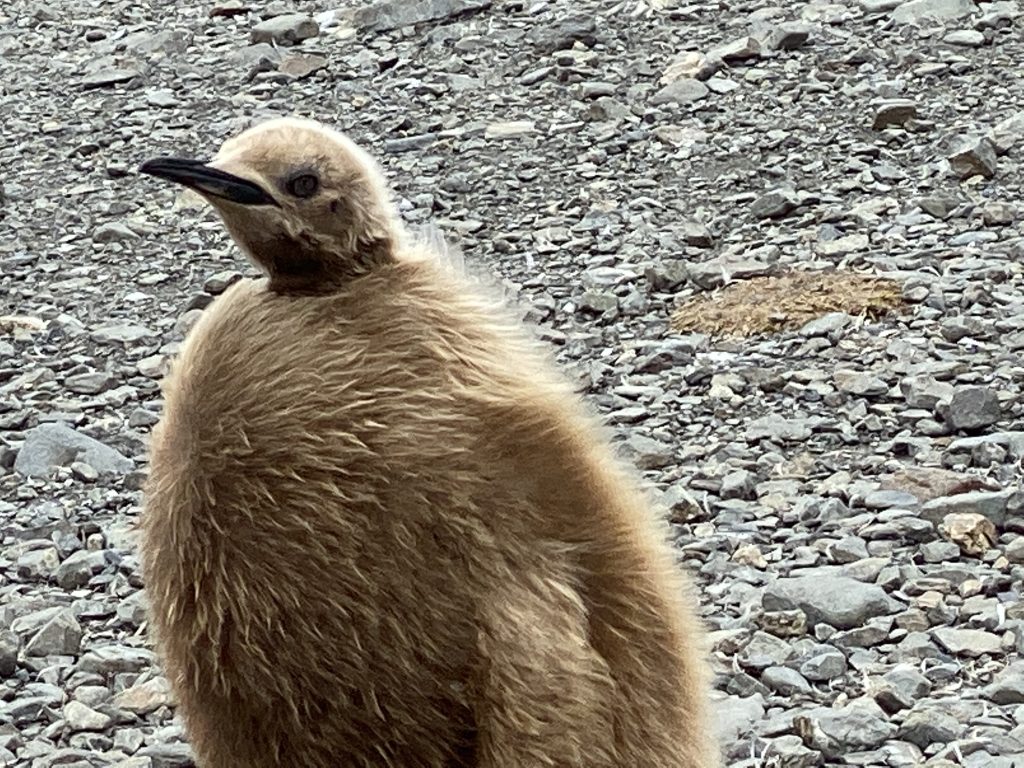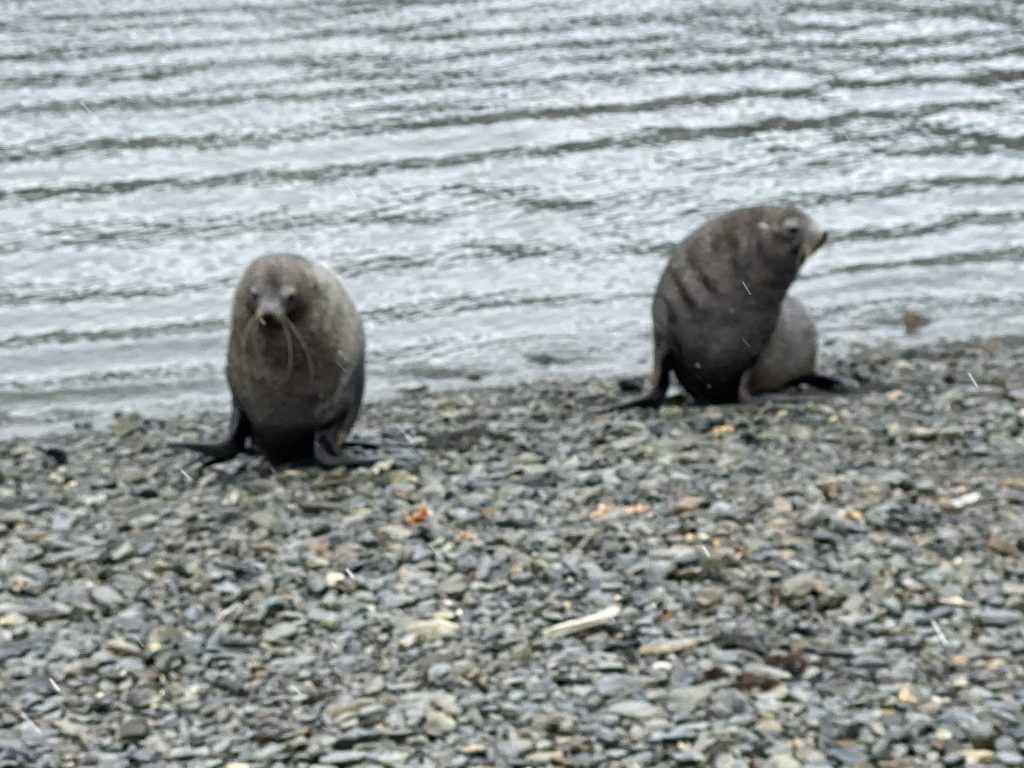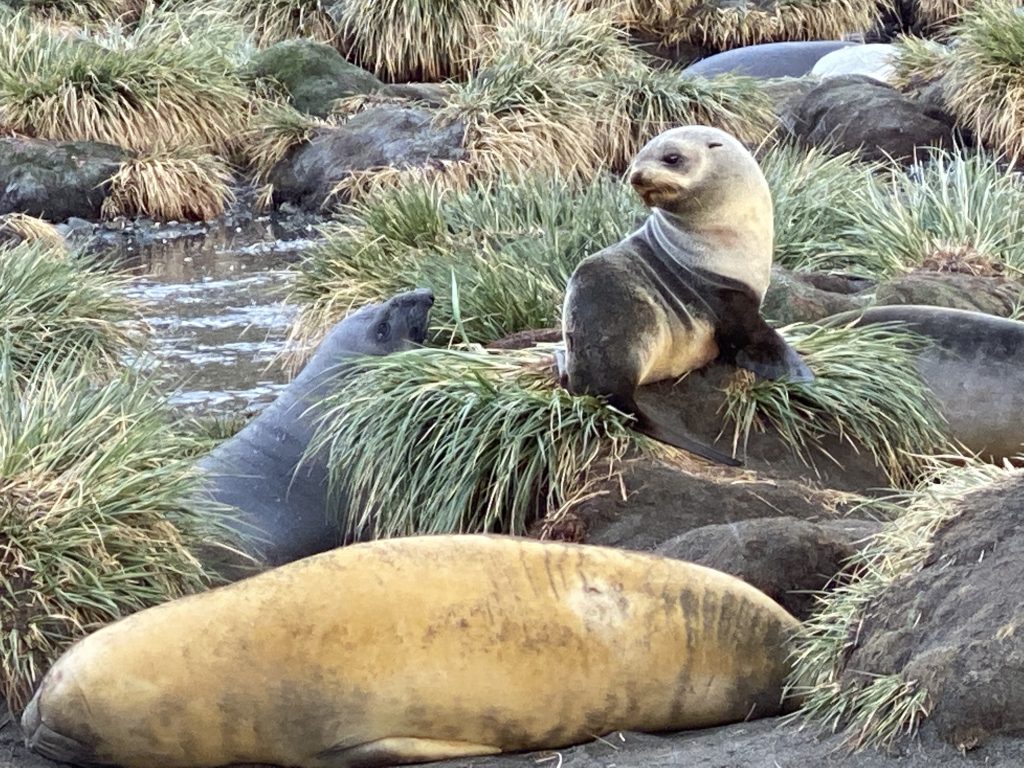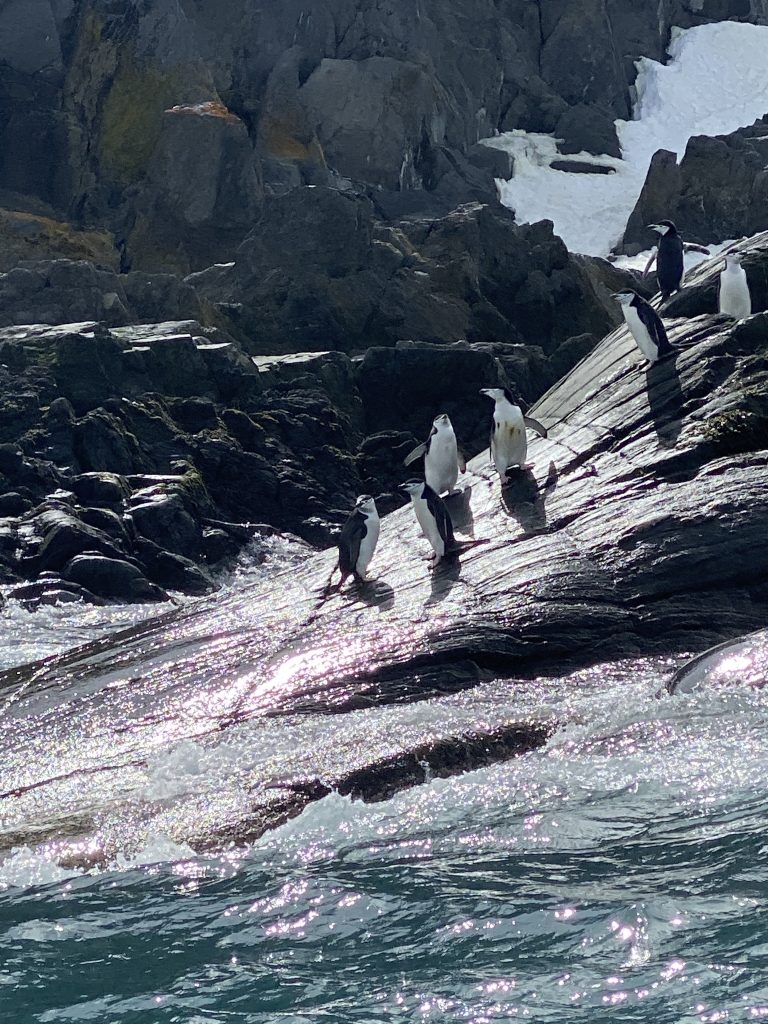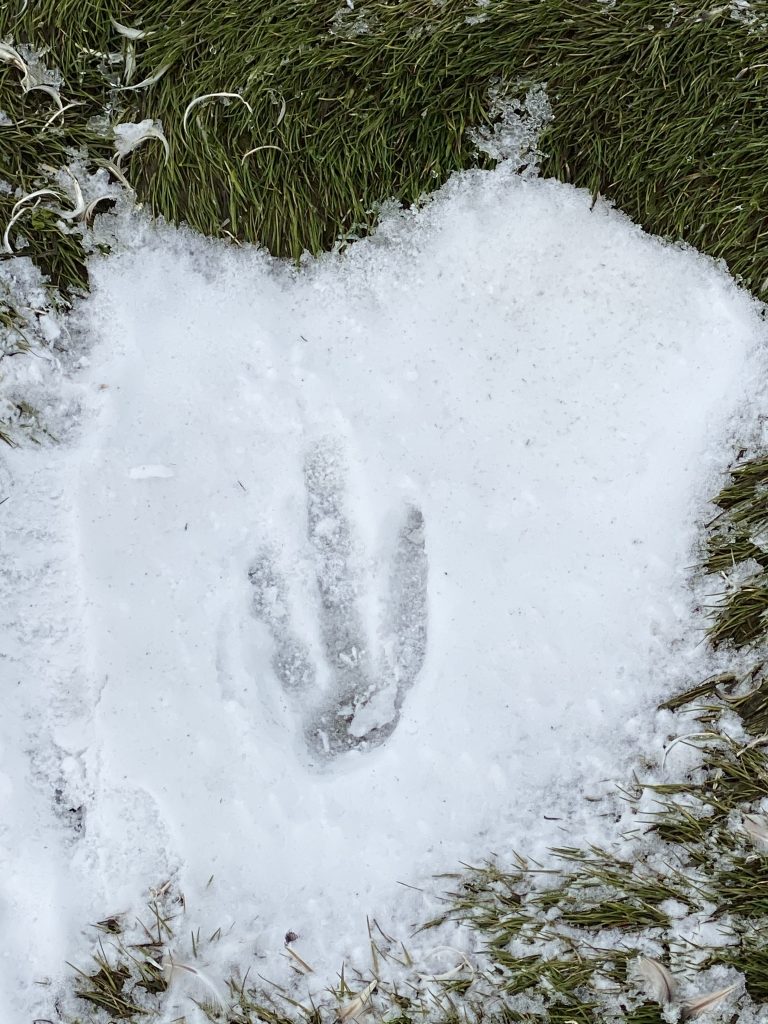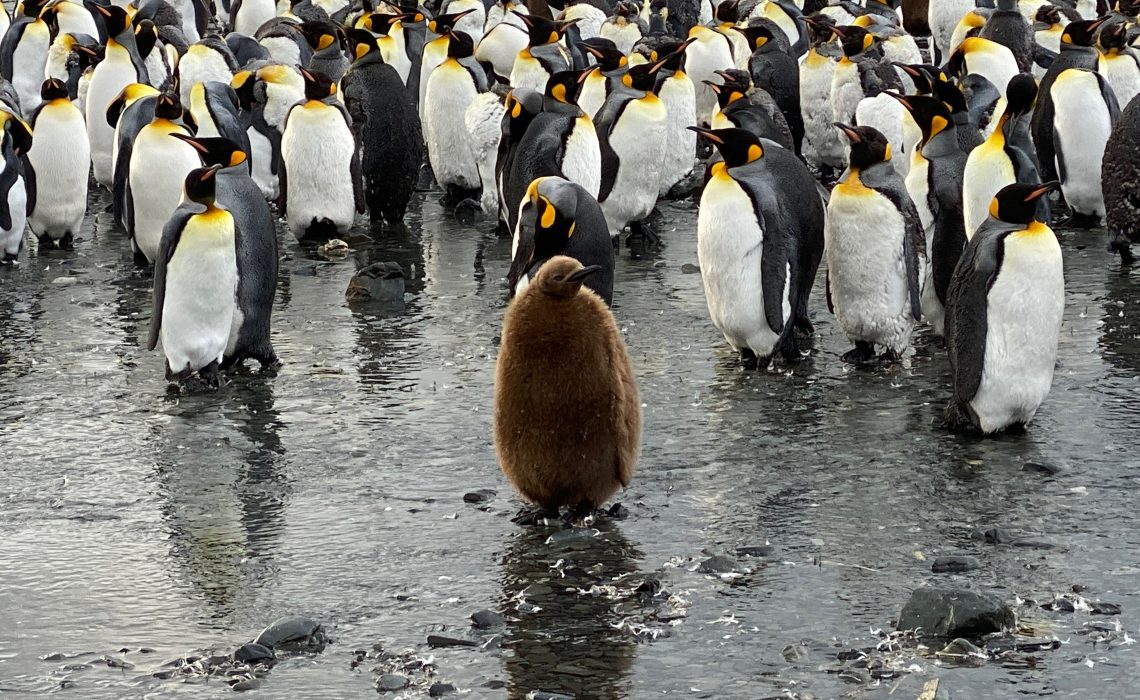
Protecting the Waters Around South Georgia – The Marine Protection Area Five Year Review is Underway
I’m currently reading Mensun Bound’s book, The Ship Beneath the Ice – his journal of the search and discovery of Shackleton’s sunken ship Endurance. He talks about Shackleton’s Men having to kill and eat penguins. Twenty-eight men and numerous dogs needed to be fed – with Emperor penguins mainly plus some Adelies. I liked what Bound said next:
‘We might wish to shield our eyes from the horrors of what Shackleton’s men did to those birds a hundred years ago, but what the modern world has visited upon them is infinitely worse. The way in which we have blighted and befouled their environment has disrupted their feeding patterns and breeding cycles to the extent that many of their nesting grounds on the west side of the Peninsula are now ghost rookeries. Were Shackleton alive today I have no doubt he would be a fervent environmentalist.’
It led me to ponder on the balancing act of ensuring the waters around South Georgia can sustain the teeming wildlife in it while fulfilling some of human kind’s seemingly insatiable appetite for fish!
Despite how much I like fish, and know it’s good for me, I’ve chosen to take it off our regular dinner plates. Why? I don’t feel I can support industrial fishing and potential bad practices that I know are depleting many parts of the ocean – taking food away from the creatures that depend upon it and affecting even top predators like our killer whales, and destroying ocean beds etc, etc. Thats on top of the consequences of the warming oceans and melting polar caps that these beautiful animals are having to deal with. Also, I find it so confusing to actually work out what is a ‘sustainable’ fish to eat and then to believe that it actually is being fished sustainably!
If we take South Georgia and the South Sandwich Islands as an example, the whales and seals are only just beginning to properly recover from the whaling times of the 1900’s – 1960 – read my blog HERE for more information about whaling and whale recovery in this region. There are of course a number of reasons for this, from a large part to the conservation and restoration work of organisations such as South Georgia Heritage Trust but also to the Governments that have worked to set up the Marine Protection Area (MPA).
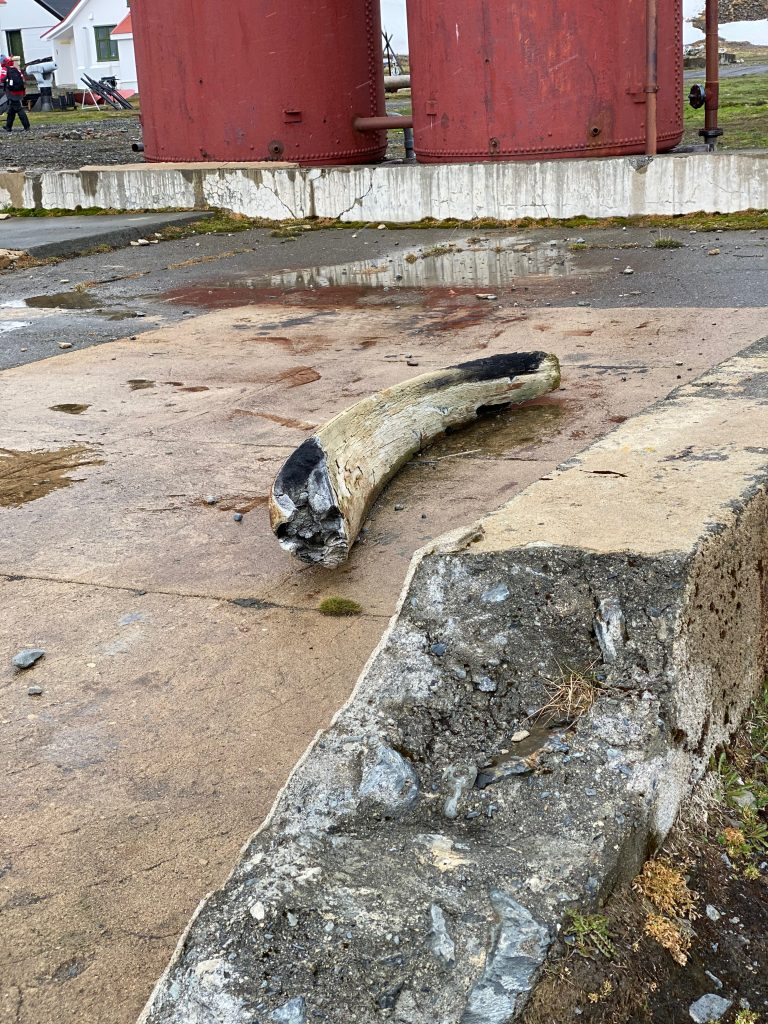
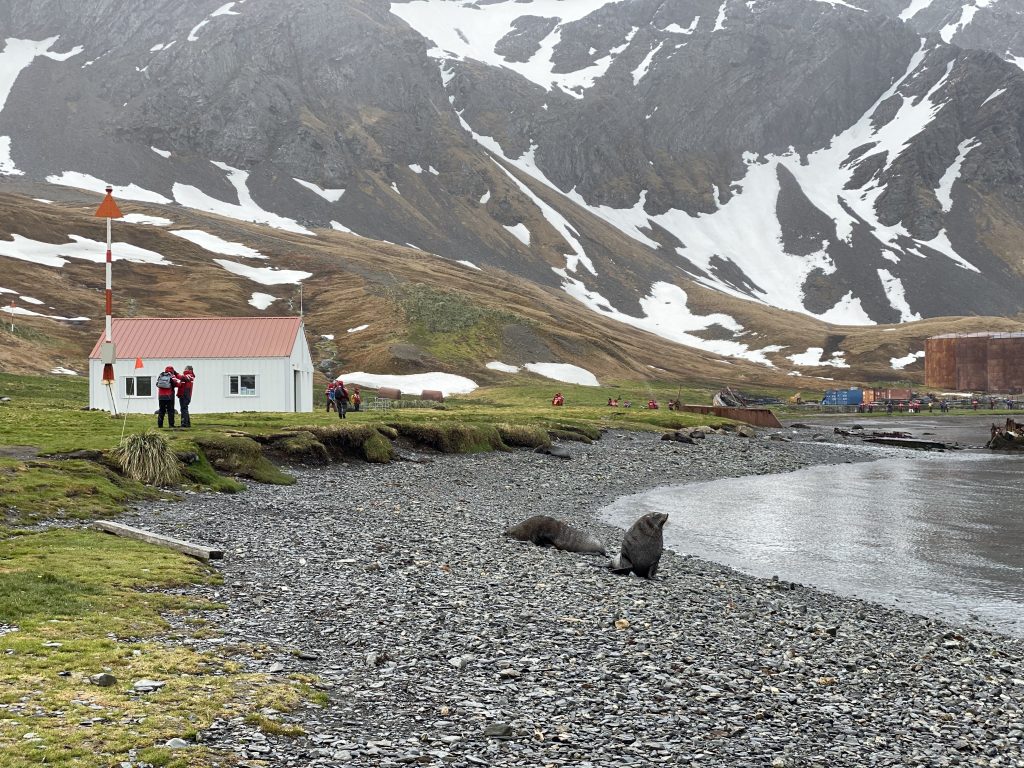
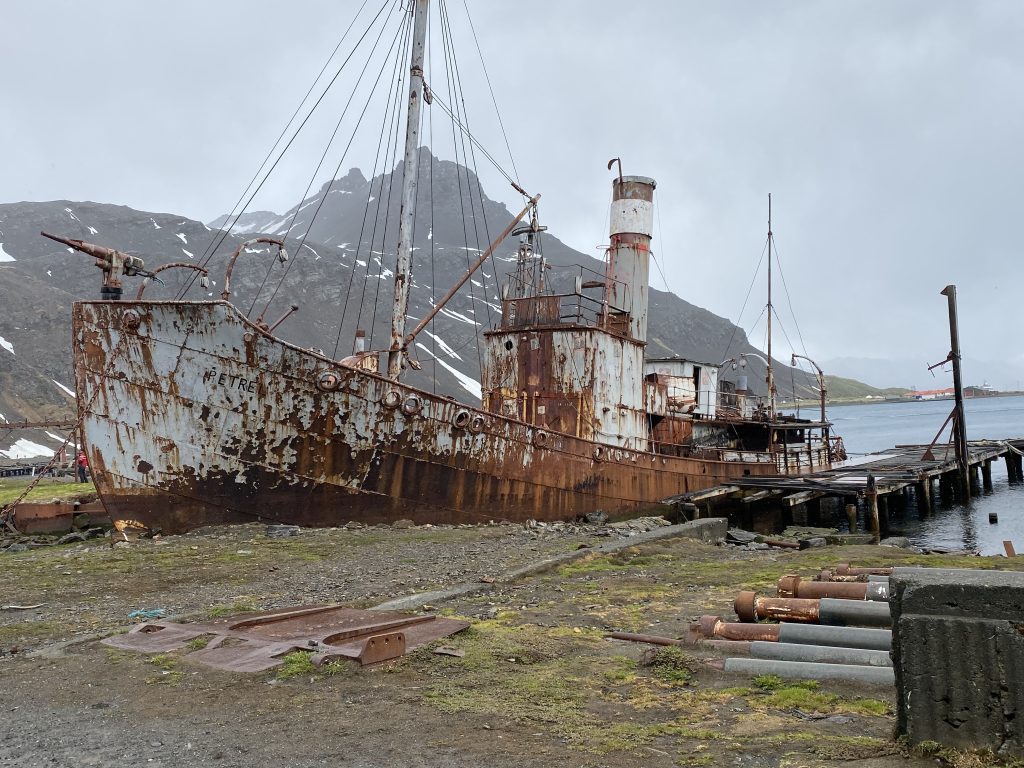
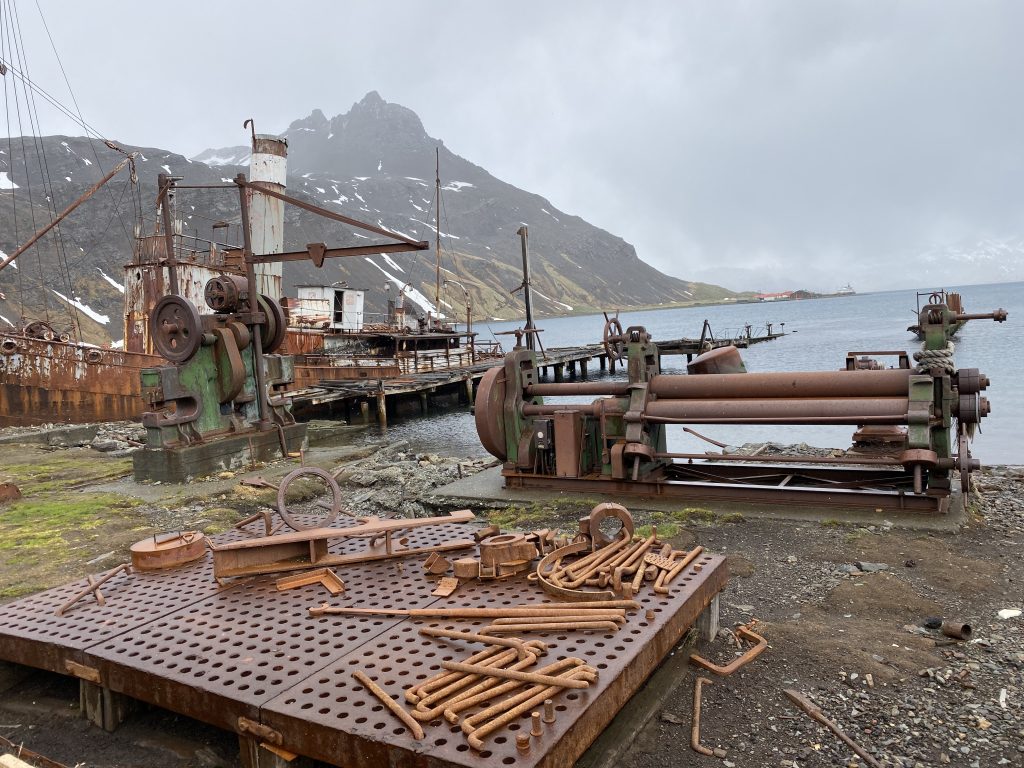
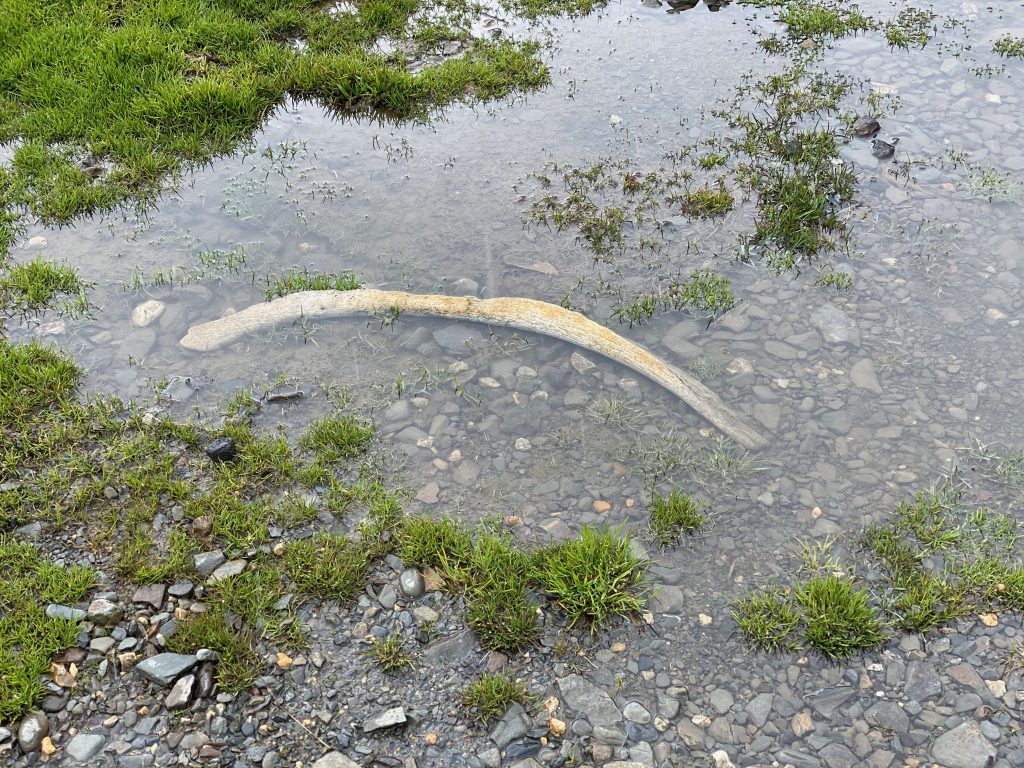
What is the Marine Protection Area (MPA)?
It’s interesting to examine what exactly is in place here – the Government of South Georgia’s website gives a lot of detailed information, just click HERE to go straight to their ‘Fisheries’ tab. It’s clear, well to me anyway, reading the information, that they are looking to balance sustainable fishing with environmental conservation as best they can, based on ongoing scientific research and input.
Here are a few key facts and figures:
- More than one million square kilometres make up the South Georgia Maritime Zone
- In 2012 the Government there designated what is one of the worlds larges sustainable MPA’s
- It extends over 1m km2 with more than 20,000 km2 of no-take zones and temporal and spatial protection methods that protect 92% of the sea floor
- Fishing is prohibited within 12 nm of South Georgia and 3nm of the south Sandwich Islands.
- They use tools such as applying strict quotas, restricting fishing seasons so they co-incide with non-breeding times, set minimum fishing depths to protect the young fish and have managed to reduce near zero seabird mortality with simple changes to fishing practices. In fact they have lead the way in the collaboration of non-government organisations, scientists and the fishers to ensure no Albatross are caught in the South Georgia fishery.
- There is a year round patrol vessel that ensures no illegal fishing occurs, which includes unscheduled sea-inspections of vessels and high standards have to be met in order to be allowed to fish in these waters.
- Toothfish, Mackerel Icefish and Krill (a key species!), all have special protection, especially the Krill! A little over 1% of the estimated total krill population is caught.
All good so far!
What’s Happened So Far?
There is a five year review of the Marine Protection Area for South Georgia and the South Sandwich Islands taking place this year, again based on significant scientific research and input from all types of organisations – from biologists to climate change, fishing industry to citizen science. You can read an informative article HERE about the Science symposium held in June, including downloading some of the presentations.
As I read through this report, one thing really jumped out at me and I quote:
… ensuring that any domestic management decisions taken by GSGSSI don’t create unintended negative consequences in other regions
Government of South Georgia and South Sandwich Islands (GSGSSI)
Of course, it’s never just a simple as making some decisions and implementing them, cause and effect comes into play! Much for our governments to consider and manage.
What Other Thoughts Are In Play?
One hope its that a South Atlantic Marine Wildlife Sanctuary is created. And this is exactly what some groups are lobbying for – the Great Blue Ocean campaign is one example. This campaign has supporters in the Pew Bertarelli Ocean Legacy Project, Whale and Dolphin Conservation, Bloomberg Philanthropies’ Bloomberg Ocean Initiative and Oceans 5.
In order for this to happen, they are proposing a significant expansion of the no-take zone, closing offshore areas of South Georgia totally to krill fishing and reducing the krill catch limit. The link above to the campaign has a good map for any layman – me included – which shows the current no-take zone and what’s being proposed.
To Finish
It’s clear the scientific symposium that has kicked off the MPA review is just part of the equation. The results of it need to be brought together with a review of the MPA management measures, followed by some assessments, a call for comments and eventually an evaluation as to whether the current MPA is meeting its objectives and what might need to change.
It’s a critical time for our wildlife and our planet. I challenge anyone not to accept this statement. We could add ‘…and humankind’ to that statements end
These opportunities to make such a positive impact don’t happen often, and this one seems to have appeared at such a critical time – critical that is to human survival, which of course is dependent on our wildlife survival. We aren’t doing too well on that score currently.
Let’s hope the right decisions can be made….
In the meantime, did anyone ask these guys what they think???
